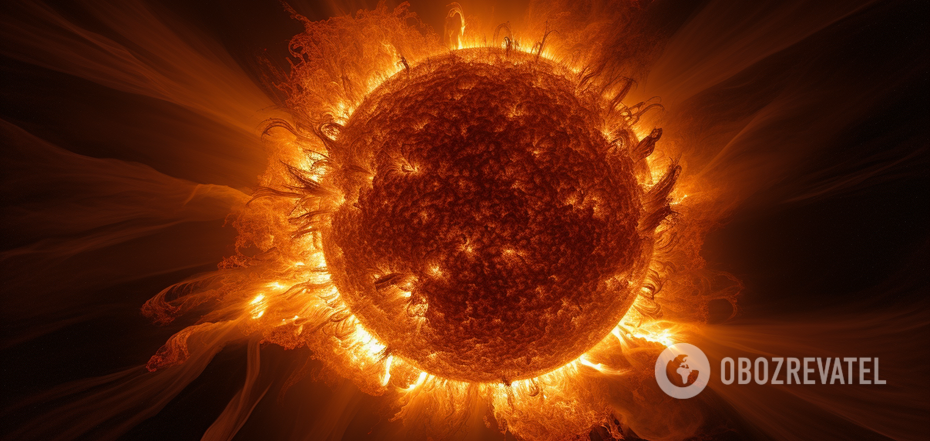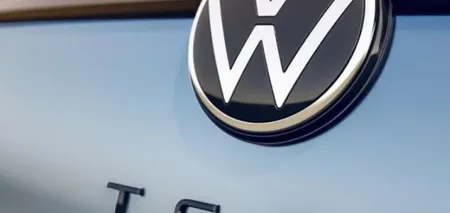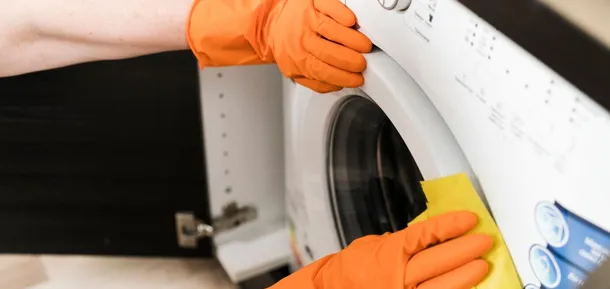News
Scientists predicted the epic death of the Sun: how it will be
In about 10 billion years, our Sun will finally cease to exist, turning into a planetary nebula. In the last 5 billion years of its life, our sun will also go through several transformations that will most likely not be seen by any human.
This is stated in a study published in the scientific journal Nature Astronomy. Previously, it was believed that the Sun was not too massive to turn into a planetary nebula, a luminous bubble of gas and cosmic dust, but a study by an international team of astronomers suggests that this is the most likely outcome of the Sun's death.
Now the mother star of our system has reached the age of 4.6 billion years. After analyzing what happened in other star systems, scientists have suggested that our Sun has about 10 billion years left before it dies. But the "mutations" will start faster - it is expected that in 5 billion years the Sun will turn into a red giant. During this period, the core of the luminary will shrink, while its outer layers will expand to the orbit of Mars, swallowing the Earth.
But we shouldn't worry about the fate of people on the planet, as scientists suggest that we have a maximum of 1 billion years to find a "way out" of the Earth, because the Sun becomes brighter by about 10% every billion years, and a more powerful luminary will simply burn everything on the planet and evaporate the oceans. So, one way or another, we won't see the Sun die from the Earth.
But let's get back to the Sun. According to the computer modeling conducted by the authors of the study, after the red giant phase, the Sun will go into the white dwarf phase. And only after that will it become a planetary nebula that people will admire (provided we become an interplanetary or intergalactic species).
"When a star dies, it ejects a mass of gas and dust into space, known as its envelope. The envelope can be up to half the mass of the star. This reveals the stellar core, which by this point in the star's life is running out of fuel, eventually shuts down, and then finally dies," explained one of the authors, astrophysicist Albert Zijlstra.
The shell dispersed in space will be capable of its own glow, which will last for about 10,000 years, a short period in astronomy.
With any luck, the planetary nebula that will become our Sun will be so bright that it can be observed from a distance of tens of millions of light years.
Planetary nebulae are relatively common throughout the observable Universe, the most famous of which are the Snail Nebula, the Cat's Eye Nebula, the Ring Nebula, and the Bubble Nebula (NGC 7635).
Despite their name, nebulae have nothing to do with planets. The name dates back to the late 18th century, when the first nebulae were discovered by William Herschel. Since the telescopes available at the time were not very powerful, nebulae looked like planets and thus got their name.
Earlier, OBOZ.UA told about what will happen when the Milky Way galaxy crashes into Andromeda.
Subscribe to OBOZ.UA channels on Telegram and Viber to keep up with the latest events.




























